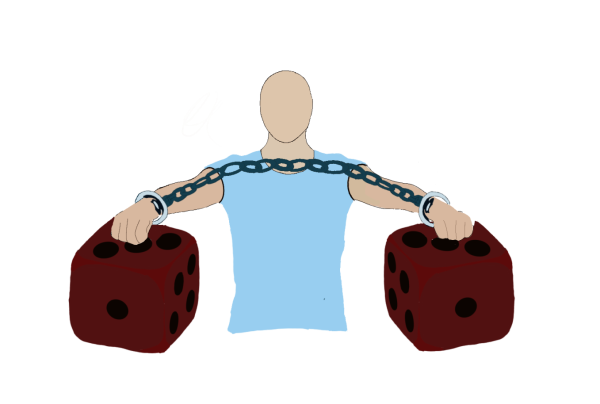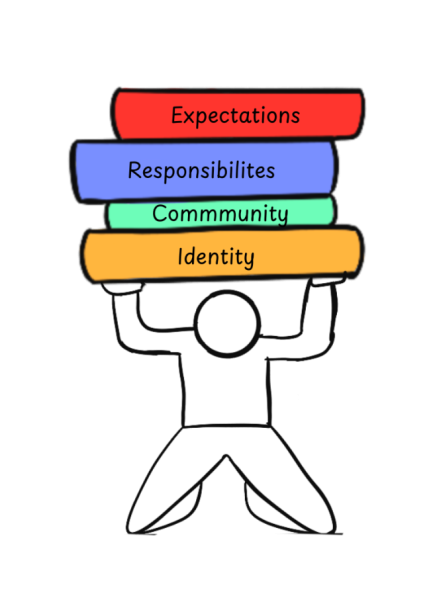The Impatient Patient: When “sparking joy” is but a sparking trend
“I love your cashmere sweater. You got a good price.”
After all, only 90 percent of Mongolia’s surface is facing deforestation due to the breeding of cashmere goats.
“Your blouse has the most vibrant hue, as well.”
After all, only 200 tons of water is required to dye one ton of fabric.
Fast fashion is practiced by retailers to bust out the trendiest pieces of clothing at the lowest prices all for your consumption — but at what price? The price is environmental degradation, human rights abuses and perhaps even your own emotional happiness.
According to Forbes, 39 percent of consumers said they would opt for a more durable, expensive piece of clothing over a cheaper, trendier one. Retail marketing consultant Lauren Goldberg said that the growing trend towards “less is more” has contributed to the decline of fast fashion’s dominance for consumers.
But,I’m not yet convinced. As someone who has been, and still is, a voracious fast fashion consumer, I believe that while we may be inclined to choose sustainability over style, we might not be putting our words into practice in the long-term.
Fast fashion retailers like Nike, American Eagle and Forever 21 are among the most popular clothing stores among teens, according to Business Insider. Some of these retailers, like American Eagle, seem to be catching on towards our desires for sustainability, and have begun presenting themselves as a company dedicated to change.
For example, in 2017, the company announced a mission to cut down on greenhouse gas emissions by 20 percent. However, according to Good on You, an ethical brand rating system, there is little evidence proving American Eagle’s environmental commitment, as their reports do not extend towards all of their supply chain.
Furthermore, along with a desire for sustainable clothing, there is also a desire for a minimalist, cut-down wardrobe, in lieu of organization expert Marie Kondo’s new Netflix show. Her philosophy of only keeping items that “spark joy” has become an international phenomenon. Already, Goodwills are seeing a rise in donations, dubbed the “Marie Kondo Effect.”
Debbie Gillum, Marketing and Digital Communications Specialist of Volunteers of America Ohio and Indiana specifically cites the 400,000 pound increase in donations as part of the effect.
What is concerning is that while we may be interested in sustainability and purging out unwanted items now, unless we make these practices habits instead of one-time events, our push against fast fashion will not improve.
I, too, have purged a few bags of clothes to my local Goodwill, only to fill my dresser once more with more clothing in line with the next season’s styles. For all we know, the current surge in donations and change in public preference could be a part of a similar trend that will soon fall in popularity.
And, perhaps when the next Netflix hit is not the all-knowing Kondo’s push towards minimalism, but a glamorous figure that bathes in luxury and a strict rule of no repeated outfits, our consumer habits will once again change.
If we want to keep up the positive trend away from fast fashion, we have to commit ourselves to it. We have to educate ourselves on what stores only appear to be environmentally conscious, and what stores actually are. We have to not make cyclical clothing purges part of our routines, and instead opt to be the savvy, sparking-joy-items-only consumer.







